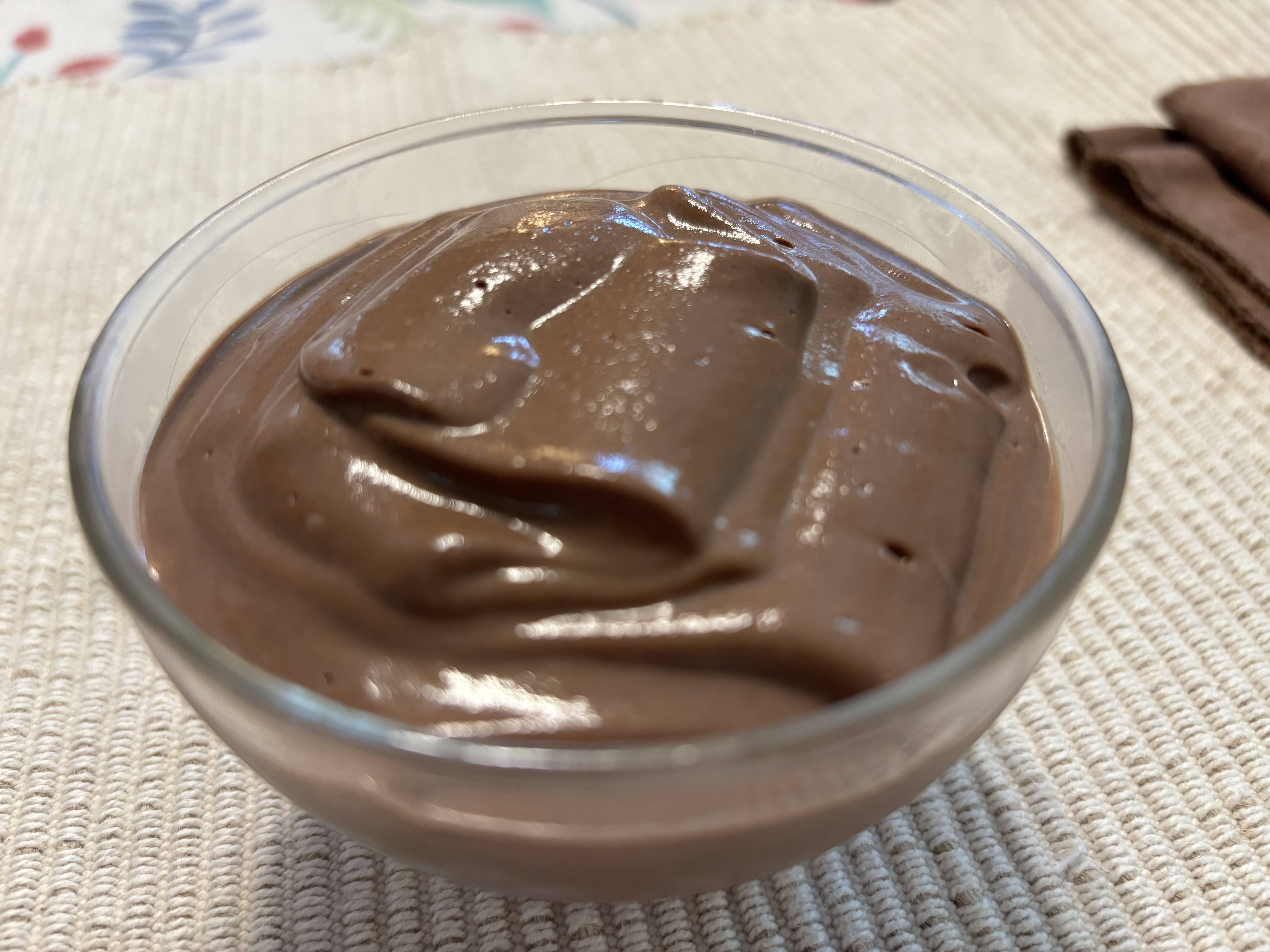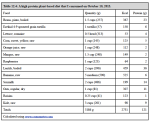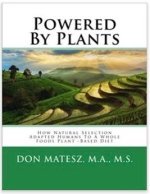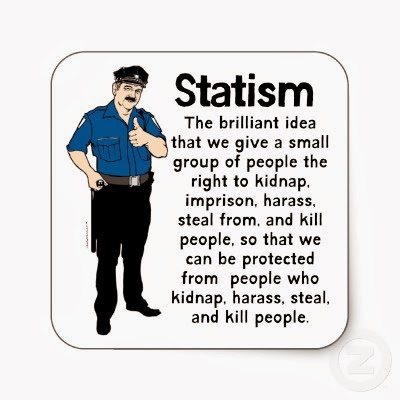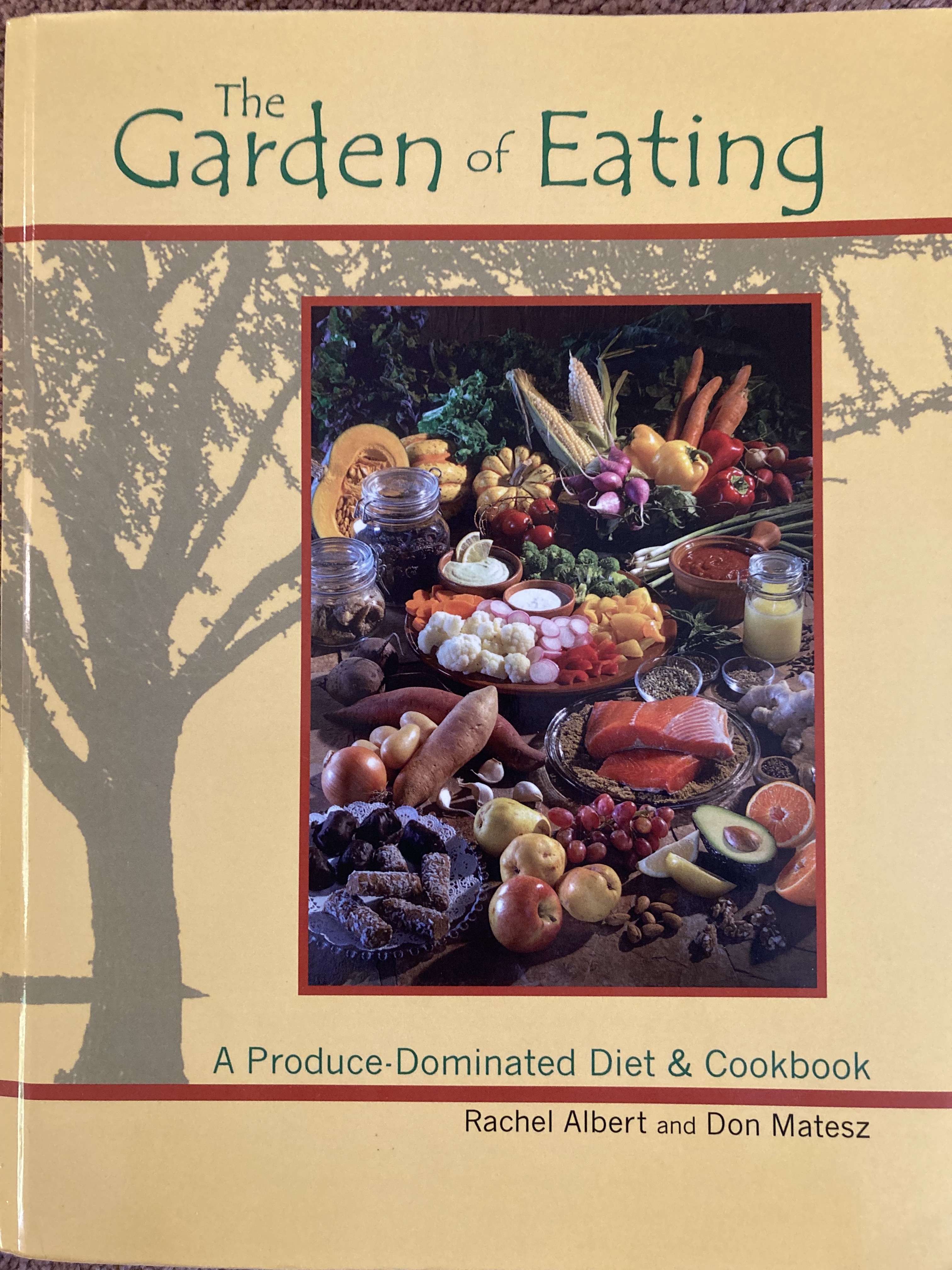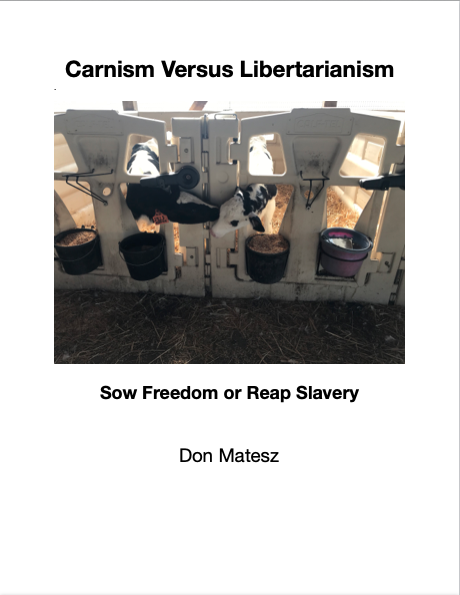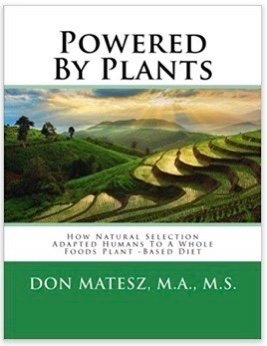The Best Fat Loss Diet
Evidence-Based Recommendations
The best fat loss diet is based on the best available scientific principles and evidence.
Unlike most other popular diets, the best weight loss diet outlined here is 1) supported by basic science and randomized trials, 2) proven effective in real-world application, and 3) capable of meeting basic micronutrient requirements.
For simple and effective practical implementation of the principles and evidence, check out my article on the five best fat loss diet practices.
Fat Loss Diet Requirements
The best fat loss diet must meet two requirements:
- It must create a negative energy balance.
- It must create a negative fat balance.
Negative Energy Balance
Negative energy balance means that your energy intake is less than your energy expenditure.
This appears to be an absolute requirement for weight loss. You simply can not reduce body weight without a negative energy balance, also known as caloric deficit.
Your body fat is stored energy, and operate exactly like a savings bank. Your body fat is an energy bank.
- When you deposit more money into the bank than you withdraw/expend, you have a positive money/cash balance and your bank balance increases. Exactly so, when you deposit more energy (food) into your body than you withdraw/expend you have a positive energy balance and your body's energy bank increases: you get fatter and fatter.
- When you withdraw/expend more money from the bank than you deposit, you have a negative money/cash balance and your bank balance decreases. Exactly so, when you expend more energy than you deposit into your body by eating, you have a negative energy balance and your body's energy bank decreases: you get leaner and leaner.
We measure dietary energy as kilocalories (kcal) or joules. Usually we just use "calories" for kcal when dealing with dietary energy.
A pound of fat (dietary or body fat) supplies about 3500 kcal. Thus, if you consume 3500 calories more than you need, you will gain a pound of fat; and if you create a 3500 calorie energy deficit or negative energy balance, you will lose a pound of body fat.
In reality there is no way around energy balance. It is simple physics and math.
Negative Fat Balance
Just as positive cash balance means you have a cash income greater than cash expenditure, a positive fat balance means you have a fat intake greater than fat expenditure.
Just as negative cash balance means you have a cash expenditure greater than cash income, negative fat balance means you have a fat expenditure greater than fat intake.
Obviously, to reduce body fat you must have a negative fat balance.
How do you expend fat? Contrary to popular belief, you don't have to do anything special with your diet or physical activity to expend fat. Regardless of your diet, you expend fat just staying alive and carrying out all the activities of your life.
A standard college-level nutrition textbook states that in people eating “normal” mixed diets containing more than 150 g of carbohydrate daily, fats provide about 60% of ongoing energy needs; the balance of 40% is provided primarily by glucose. Moreover, this increases to at least 70% when people engage in low- to moderate-intensity aerobic activity.1
A 2014 study reported that lean and obese individuals eating high carbohydrate diets obtain about 45% of energy from fat and 43% from carbohydrate on a sedentary day, which changes to 49% fat and 39% carbohydrate on days that included 30-60 minutes of moderate-intensity exercise. 2
The human body naturally burns fat. However, if you eat more fat and total calories than you burn, your fat bank will grow. If you want to reduce your fat bank you have to eat and produce less fat than you burn.
Here I want to emphasize a very important point: Under specific conditions, it is possible to create a negative fat balance without sustaining a negative energy balance. This can occur when you engage in a proper high intensity strength training program. Strength training stimulates your body to build muscle, and the process of recovering from training and building muscle is largely fueled by fat. If you are training properly and building muscle, you may burn up more fat than you eat without restricting total energy intake. Some people can even reduce body fat while eating an energy surplus, if they are rapidly building muscle. In such cases you can become leaner without losing weight or even while gaining weight.
Restrict Protein, Carbohydrate, Or Fat?
Protein, carbohydrate and fat all provide energy. You can create a negative energy balance by restricting dietary protein, carbohydrate or fat. What is preferable for the best fat loss diet?
For the best fat loss diet restricting protein is not advisable because you need protein to maintain your lean mass, and multiple studies suggest that dietary protein contributes only to lean mass, not fat mass.3, 4, 5
That leaves the choice between limiting carbohydrate or fat, or both. Which path leads to the best fat loss diet?
Restricting carbohydrate intake below carbohydrate expenditure produces a negative carbohydrate balance – you expend more carbohydrate than you ingest. This directly depletes your glycogen stores, not your fat stores!
By depleting glycogen, restricting carbohydrate too much can negatively impact your ability to perform resistance exercise.11 Moreover, dietary carbohydrate itself is only rarely converted to body fat because the body will either use it for energy, expend it to generate heat, or store it as glycogen. 6, 7
At this point it may seem that restricting fat intake is the most direct way to create a negative fat balance and the best fat loss diet. Research shows that dietary fat intake, not carbohydrate intake, regulates energy intake and adiposity.3 Calorie for calorie fat tends to be less satisfying (easier to overeat) than either protein or carbohydrate,13 and excess dietary fat contributes to excess body fat more effectively than either protein or carbohydrate.14, 15
Its simple. Fat has 9 kcal per gram, whereas carbohydrate has only 4 kcal per gram. Therefore, the amount of fat in your diet most directly determines the energy (calorie) content of the diet.
Moreover, dietary fat is, well, FAT! so its ready for storage, whereas carbohydrate and protein would have to be converted to fat before being stored as fat, a process which uses up a significant portion of the energy in the carbohydrate or protein. Simply, your body prefers not to convert protein or carbohydrate to fat; and it can't convert fat to either protein or carbohydrate.
Dietary fat does not directly promote fat oxidation and has little thermogenic potential, so it is either used as fuel or stored as body fat.8 Every excess gram of fat you eat reduces use of body fat by a gram; so, the more fat in your diet, the less fat you draw from fat stores and the slower you reduce stores of body fat.
Since to have the best fat loss diet you need to create a negative energy balance and a negative fat balance, restricting fat takes you directly to a lower intake of both energy and fat.
A metabolic ward study that compared the rate of fat loss from either a low fat high carbohydrate diet or a high fat low carbohydrate diet found that, calorie for calorie, restricting dietary energy intake by a given amount via fat restriction results in more body fat loss than restricting dietary energy intake to the same degree via carbohydrate restriction. In this study, a low carbohydrate diet resulted in a loss of about 53 g of fat per day, while an equicaloric low fat diet resulted in a loss of about 89 g of fat per day (about 60% greater rate of fat loss for the low fat diet).9 A meta-analysis of 32 controlled feeding studies with isocaloric substitution of carbohydrate for fat found that both energy expenditure and fat loss were greater with low fat diets than with low carbohydrate diets.10
However, when we look at the data from that metabolic ward study, the difference between the low fat and low carbohydrate groups is not as impressive as might seem. The low fat group lost 89 g of fat daily x 7 days = 623 g per week, about 1.4 pounds per week. The low carbohydrate diet group lost 53 g of fat daily x 7 days = 371 g per week, about 0.82 or eight-tenths of a pound per week. In other words, both methods work because both methods produced an energy deficit.
Often people suggest that the best fat loss diet should supply no more than 30% of energy from fat. However, if your fat intake in grams is below the number of grams of fat you burn daily, and you are in an energy deficit, you will achieve a negative fat balance, even with a higher percent of calories from fat.
For example, if you expend 2200 kcal per day, fat probably supplies about 45-50% of that total energy expenditure (based on research discussed above). That would be at least 990 kcal or 110 g of fat. If you reduce you total energy intake to 1800 kcal at 45% fat you will consume 810 kcal or 90 g of fat daily. You will have a 400 kcal energy deficit and a minimal 20 g fat deficit. Accounting by energy we would expect that on such a regime you would in a week expend 2800 kcal more than you consume, which represents 311 g or a little more than two-thirds of a pound of fat. This would take place even though your daily fat deficit is only 20 g (110 g expended minus 90 g of intake), which would by itself predict a weekly fat loss of only 140 g or about one-quarter of a pound.
To compare, if you reduced your fat intake to 25% of energy at 1800 kcal, you would intake only 450 kcal from fat, i.e. 50 g. Thus, theoretically you have a greater fat deficit of 60 g per day in comparison to the 1800 kcal, 45% fat diet. That would predict a weekly fat loss of 60 g x 7 days = 420 g. However this is impossible since your weekly caloric deficit is only 2800 kcal (400 kcal x 7), so by energy calculations the maximum fat loss possible is only 311 g. No matter how much you restrict your fat intake, you aren't going to lose more fat than what your body must burn to fill the gap between your energy intake and energy expenditure.
Thus, although on a theoretic basis and in highly controlled metabolic ward trials a very low fat diet might appear to move the scale weight a bit faster than the other, there are diminishing returns to fat restriction and the magnitude of effect in any individual case is unknown. Indeed, a 2022 Cochrane Review of randomized controlled trials comparing low carbohydrate and so-called "balanced" carbohydrate diets found that over 3 to 6 month trials found that there is likely little to no difference in weight lost by people following low-carbohydrate or "balanced" carbohydrate (lower fat) diets.
This points to the key factor being reduced energy intake over a sustained period of time. The best fat loss diet has the macronutrient ratio that enables you to sustain a negative fat balance for a period of time sufficient to reduce your body fat stores to the desired level.
The take-home? The best fat loss diet involves reducing both carbohydrate and fat.
- Remove unnecessary calories from carbohydrates in your diet by eliminating processed foods, sodas, sugar, desserts, pastries and so on (unless you can fit them in your energy budget).
- Reduce unnecessary calories and fat in your diet by eliminating processed foods, plant-based oils (including coconut oil), and all animal products.
- Use low-fat whole grains, roots, tubers, legumes, fruits and non-starchy vegetables as your staples, adding other oil-rich foods (seeds and nuts) as needed to meet your energy needs if necessary.
The best fat loss diet must be nutrient dense and meet your micronutrient needs, because significant shortfalls of critical nutrients like calcium, potassium, and all vitamins might result in excessive appetite, as your body seeks the foods it needs to get the deficient nutrients, defeating your need for a negative calorie and fat balance. Unfortunately, popular weight loss diets like South Beach, Atkins, DASH and Best Life fail to meet micronutrient requirements during negative energy balance conditions.16
Avoid Animal Products
Meat, poultry (with skin), and fatty fish contain considerable fat compared to other foods. Considerable evidence indicates that eating animal protein (as meat, poultry and fish) raises the risk of obesity:
In 1997, Kahn et al. reported that among 79,236 caucasians, ten year increases in body mass index and waist weight gain were positively associated with kcalorie-adjusted meat consumption and negatively associated with kcalorie-adjusted vegetable consumption. Kahn et al. state that their results “suggest that weight change may be linked to the proportion of energy derived from fat or to other unidentified components of meat.”
In 2010 Vergnaud et al. reported that red meat, poultry, and processed meat all were positively associated with weight gain. The data from this study indicated that every increase in meat intake of 250 g/day (e.g. one steak at ~450 kcal) would lead to a 2 kg higher weight gain after 5 years.
In 2011, Halkjaer et al. reported that a higher intake of total protein and animal protein was associated with subsequent weight gain over a mean period of 6.5 years. The association was driven by red meat, processed meat, and poultry. They found no association between plant protein and increases in body weight.
In 2011, Bujnowski et al. reported that among the 1,730 U.S. men who participated in the Chicago Western Electric Study between 1958-1966, those who ate the most animal flesh had a doubled risk of being overweight and a 4.6 times greater risk for obesity compared to those with the lowest intake. Also, those who had the highest intake of plant protein had a 42% reduced risk of obesity compared to those with the lowest intake. This finding is remarkable considering that men in the lowest and highest quartiles of animal consumption obtained, respectively, 75 g and 100 g of animal protein daily and cholesterol intakes ranged from 660 mg/d to 812 mg/d. In other words, all of these men were consuming large amounts of animal food.
Mozaffarian et al. reported in 2011 that in the Nurses Health and Health Professionals Follow-up studies involving more than 120,000 women and men, a daily serving of red meat was associated with 0.95 pound weight gain and processed meats with a 0.93 pound gain. In contrast, vegetables, whole grains, fruits, and nuts were associated with weight reductions of 0.22, 0.37, 0.49, and 0.57 pounds, respectively.
In 2012, Shay et al. reported that among 1794 American participants in the INTERMAP study, higher intakes of fruit, pasta, rice, carbohydrates, fiber, potassium, and magnesium were all associated with lower body mass in both sexes, while higher intakes of meat and several of its components–sodium, cholesterol, saturated fats, and heme iron–were all associated with higher body mass. Among men, higher body mass was associated with higher intakes of fish, beef, pork, veal, and game meats, and lower intakes of whole grains, pasta, rice, nuts, snacks, and sweets. Among women, higher body mass was associated with higher intakes of poultry, beef, pork, veal, and game meats, and lower intakes of whole grains, fish (borderline), and snacks and sweets. Overall, the pattern was of higher body mass associated with more animal-based diets, and lower body mass associated with more plant-based diets.
In 2013, Rizzo and colleagues reported that among Seventh Day Adventists, those who restrict foods of animal origin have a lower mean body mass index than those who do not. The greater the restriction of animal-source foods, the lower the body mass index, as shown in the table below.
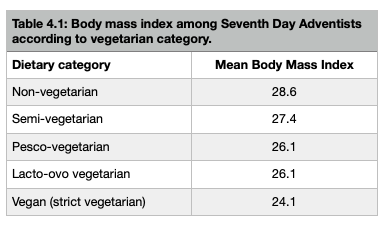
A 2016 randomized cross-over meal test study by Kristensen and colleagues found that high protein meals based on plant protein (whole beans/peas) induced greater satiety than high protein meat-based meals.
Evidence-based Guidelines for The Best Fat Loss Diet
The sport of bodybuilding involves reducing body fat to a minimum while maintaining muscle mass at a maximum. Therefore the sport encourages participants to use the most effective fat loss diet.
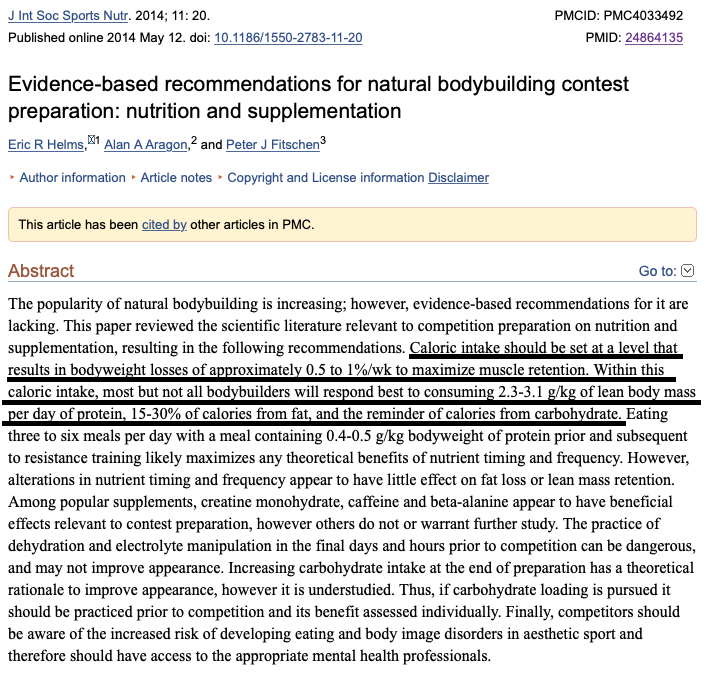
According to these authors the best fat loss diet for bodybuilders provides a very high level of protein (2-3 g/kg), about 15-30% of calories from fat, and the remainder of calories from carbohydrate. Most people will do well if they reduce total energy (fat + carbohydrate) intake by no more than 500 calories per day to achieve gradual fat loss of no more than 1 pound per week.12
Legumes are the ideal protein source for the best fat loss diet for bodybuilders high in protein, water, and very low in fat, and research has shown that legumes (particularly soy and peas) are as satiating as red meat and support protein needs of strength training athletes just as well as any animal products (study 1, study 2).
Satiety Per Calorie
All that said, the best fat loss diet is a diet that you can sustain for a long period of time because it provides a high satiety per calorie. Research has provided us with good evidence that the following factors increase satiety per calorie consumed:
- Higher protein
- Higher fiber
- Higher water (e.g. rice vs bread; soups, stews)
- Higher food weight
- Higher food volume
- Higher micronutrients
- Lower glycemic carbohydrates
- Lower fat (to a point)
- Less processing
- Lower energy density
In general, we can achieve higher satiety per calorie by focusing on eating high-fiber, high-water foods which include whole grains (boiled), legumes, whole fruits, and non-starchy vegetables. Always choose options that have higher satiety per calorie when practical. For example:
- winter squash vs white rice or pasta
- brown rice vs white rice
- whole grain or legume pasta vs refined pasta
- rolled oats vs white bread
- whole avocado vs avocado oil
- whole nuts vs nut oil
If you emphasize eating whole plant foods, you can eat to satiety and probably will not need to monitor your energy balance, also known as caloric balance, to achieve the best fat loss diet.
For simple and effective practical implementation of the best fat loss diet principles and evidence discussed in this article, check out my article on the five best fat loss diet practices.
Diet Alone Is Doomed!
All that said, diet changes alone will not improve your body composition. You can reduce your energy intake, but if by doing so you lose muscle faster than you lose body fat, you will actually get fatter, despite sustaining an energy deficit!
How can that happen? Combining a reduced energy intake with a sedentary lifestyle will generally result in your body converting unused muscle tissue protein into carbohydrate to fill the gap between energy intake and energy expenditure. Without the stimulus of high intensity strength training, you can lose muscle more rapidly than you lose fat; indeed, you might even gain fat while you lose weight as your body eats away at your muscles to get glucose to meet your energy requirements! If you want to lose body fat only, and not get "skinny fat" you must dedicate yourself to proper strength training/body building to build muscle.
Thus, the best fat loss diet must be combined with high intensity strength training to produce desirable changes in body composition.
For simple and effective practical implementation of the best fat loss diet principles and evidence discussed in this article, check out my article on the five best fat loss diet practices.
Notes
1. Whitney EN, Rolfes SR. Understanding Nutrition. 6th Edition. West Publishing, 1993. 153
2. Bergouignan A, Kealey EH, Schmidt SL, Jackman MR, Bessesen DH. Twenty-four hour total and dietary fat oxidation in lean, obese and reduced-obese adults with and without a bout of exercise. PLoS One. 2014;9(4):e94181. Published 2014 Apr 8. doi:10.1371/journal.pone.0094181 <https://www.ncbi.nlm.nih.gov/pmc/articles/PMC3979741/>
3. Hu S, Wang L, Yang D, Li L, Togo J, Wu Y, Liu Q, Li B, Li M, Wang G, Zhang X, Niu C, Li J, Xu Y, Couper E, Whittington-Davies A, Mazidi M, Luo L, Wang S, Douglas A, Speakman JR. Dietary Fat, but Not Protein or Carbohydrate, Regulates Energy Intake and Causes Adiposity in Mice. Cell Metab. 2018 Sep 4;28(3):415-431.e4. doi: 10.1016/j.cmet.2018.06.010. Epub 2018 Jul 12. PMID: 30017356.
4. Bray GA, Smith SR, de Jonge L, Xie H, Rood J, Martin CK, Most M, Brock C, Mancuso S, Redman LM. Effect of dietary protein content on weight gain, energy expenditure, and body composition during overeating: a randomized controlled trial. JAMA. 2012 Jan 4;307(1):47-55. doi: 10.1001/jama.2011.1918. Erratum in: JAMA. 2012 Mar 14;307(10):1028. PMID: 22215165; PMCID: PMC3777747. "Among persons living in a controlled setting, calories alone account for the increase in fat; protein affected energy expenditure and storage of lean body mass, but not body fat storage."
5. Leaf A, Antonio J. The Effects of Overfeeding on Body Composition: The Role of Macronutrient Composition - A Narrative Review. Int J Exerc Sci. 2017 Dec 1;10(8):1275-1296. PMID: 29399253; PMCID: PMC5786199. "However, recent evidence suggests that there is a quantitative difference in protein versus carbohydrate and/or fat overfeeding as it relates to body composition. Protein overfeeding or the consumption of a high protein diet may not result in a gain in body weight or fat mass despite consuming calories that exceed one's normal or habitual intake. "
6. Hellerstein MK. De novo lipogenesis in humans: metabolic and regulatory aspects. Eur J Clin Nutr. 1999 Apr;53 Suppl 1:S53-65. Review. PubMed PMID: 10365981.
7. Shutz Y. Concept of fat balance in human obesity revisited with particular reference to de novo lipogenesis. Int J Obesity 2004 Dec 13; 28:S3-S11.
8. Schutz Y, Flatt JP, Jéquier E . Failure of dietary fat intake to promote fat oxidation: a factor favoring the development of obesity. Am J Clin Nutr 1989; 50: 307–314.
9. Hall KD, Bemis T, Brychta R, et al. Calorie for Calorie, Dietary Fat Restriction Results in More Body Fat Loss than Carbohydrate Restriction in People with Obesity. Cell Metab. 2015;22(3):427–436. doi:10.1016/j.cmet.2015.07.021 <https://www.ncbi.nlm.nih.gov/pmc/articles/PMC4603544/>
10. Hall KD, Guo J. Obesity Energetics: Body Weight Regulation and the Effects of Diet Composition. Gastroenterology. 2017;152(7):1718-1727.e3. doi:10.1053/j.gastro.2017.01.052.
11. Iraki J, Fitschen P, Espinar S, Helms E. Nutrition Recommendations for Bodybuilders in the Off-Season: A Narrative Review. Sports (Basel). 2019;7(7):154. Published 2019 Jun 26. doi:10.3390/sports7070154
12. Helms ER, Aragon AA, Fitschen PJ. Evidence-based recommendations for natural bodybuilding contest preparation: nutrition and supplementation. J Int Soc Sports Nutr. 2014;11:20. Published 2014 May 12. doi:10.1186/1550-2783-11-20
13. Cotton JR, Burley VJ, Westrate JA, Blundell JE. Dietary fat and appetite: similarities and differences in the satiating effect of meals supplemented with either fat or carbohydrate. J Human Nutr Diet (1994), 7, 11-24.
14. Rising R, Alger S, Boyce V, et al. Food intake measured by an automated food-selection system: relationship to energy expenditure. Am J Clin Nutr. 1992;55(2):343–349. doi:10.1093/ajcn/55.2.343
15. Galgani J, Ravussin E. Energy metabolism, fuel selection and body weight regulation. Int J Obes (Lond). 2008;32 Suppl 7(Suppl 7):S109–S119. doi:10.1038/ijo.2008.246
16. Calton, J. (2010). Prevalence of micronutrient deficiency in popular diet plans. Journal of the International Society of Sports Nutrition, 7, 24-24.
Recent Articles
-
High Protein Chocolate Tofu Pudding
Jul 01, 24 12:41 PM
A delicious high protein chocolate tofu pudding. -
Vegan Macrobiotic Diet For Psoriasis
Sep 05, 23 06:36 PM
Vegan macrobiotic diet for psoriasis. My progress healing psoriasis with a vegan macrobiotic diet. -
How Every Disease Develops
Aug 04, 23 06:22 PM
How every disease develops over time, according to macrobiotic medicine. -
Why Do People Quit Being Vegan?
Jun 28, 23 08:04 PM
Why do people quit being vegan? How peer pressure and ego conspire against vegans. -
Powered By Plants
Mar 16, 23 08:01 PM
Powered By Plants is a book in which I have presented a lot of scientific evidence that humans are designed by Nature for a whole foods plant-based diet. -
Carnism Versus Libertarianism
Dec 30, 22 01:55 PM
Carnism Versus Libertarianism is an e-book demonstrating that carnism is in principle incompatible with libertarianism, voluntaryism, and anarchism. -
The Most Dangerous Superstition Book Review
Nov 15, 22 08:46 PM
Review of the book The Most Dangerous Superstition by Larken Rose. -
Plant-Based Diet Is Best For Health Protection: Meta-Review
Oct 17, 22 11:22 AM
A plant-based diet is best for health promotion according to a meta-review of more than 300 reviews published 1950-2013.
